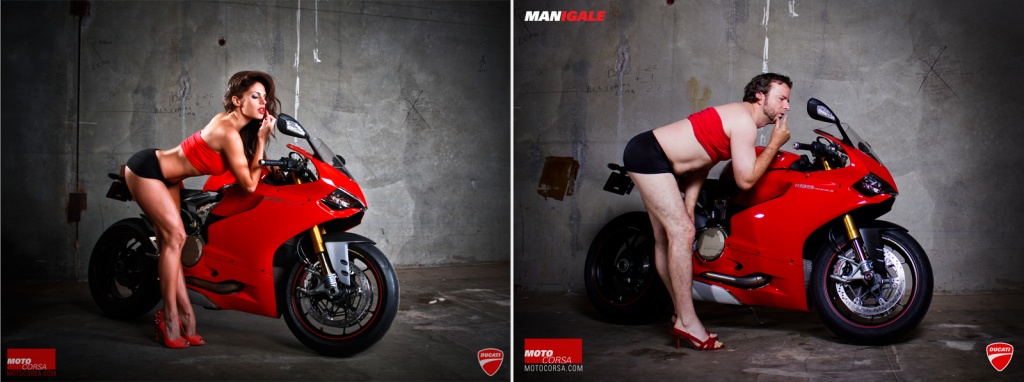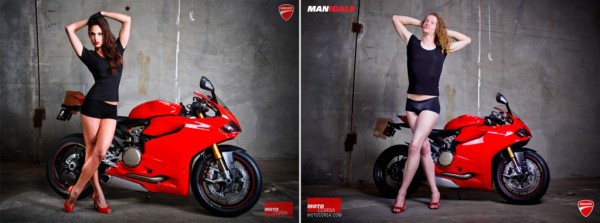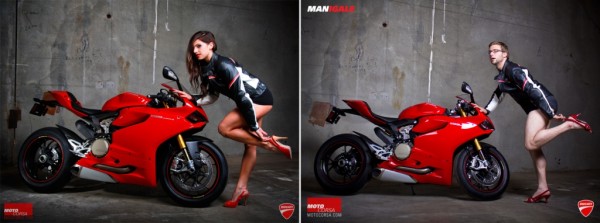The 899 Panigale takes over from the popular 848, the baby superbike in Ducati’s range. Ducati have taken the style of the 1199 Panigale and, with an 898cc engine, made it more accessible.
They claim the 899 is as much a road bike as a track-focused bike, a bike that uses technology to make it more accessible and at the same time, a bike that supersport riders can aspire to but also a bike that could tempt current superbike owners too. The 899 shares the same monocoque aluminium frame as the 1199. The crankcases are the same as the 1199 and just with those two elements, you essentially have the same core as the 1199. However the 899’s Superquadro bore and stroke are 100mm x 57.2mm (compared to the 1199’s 112mm x 60.8mm). The 899 features redesigned intake and exhausts ports, a different cam profile, smaller valves than those on the 1199 but larger than those on the 848 Evo. The clutch cover, cylinder head and sump cover are all aluminium instead of the magnesium used on the 1199.
The double-sided swingarm is shorter, lighter and stiffer than the single-sided version on the 1199. The 899’s wheelbase is 1436mm, 11mm shorter than the 1199. The tank is steel, not aluminium but it’s 1kg lighter than the plastic tank on the 848. The subframe is steel and not cast aluminium. The suspension features fully-adjustable Showa Big Piston forks over the 1199’s fully adjustable Marzocchi conventional forks. The rear suspension is a fully-adjustable Sachs unit and a Sach steering damper is fitted as standard.
Other changes include an all-new LCD display, instead of the TFT full-colour version on the 1199. The brakes are Brembo Monobloc, just like on the 1199 except the pistons are 32mm in diameter compared to the 50mm. As on the 1199, Ducati Traction Control and their DQS quickshifter come as standard but the 899 also features ABS in the Ducati Safety Pack as standard. The 899 is 5kg heavier than the 1199, but the 1199 is an incredibly light motorcycle.





